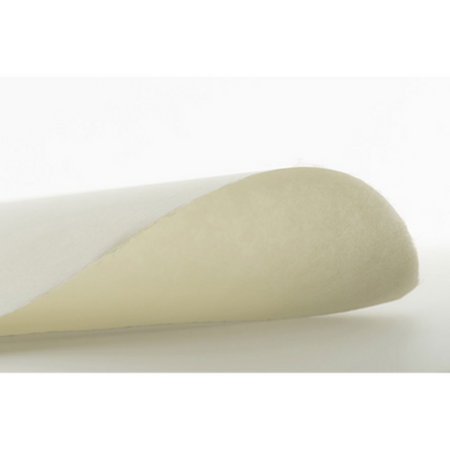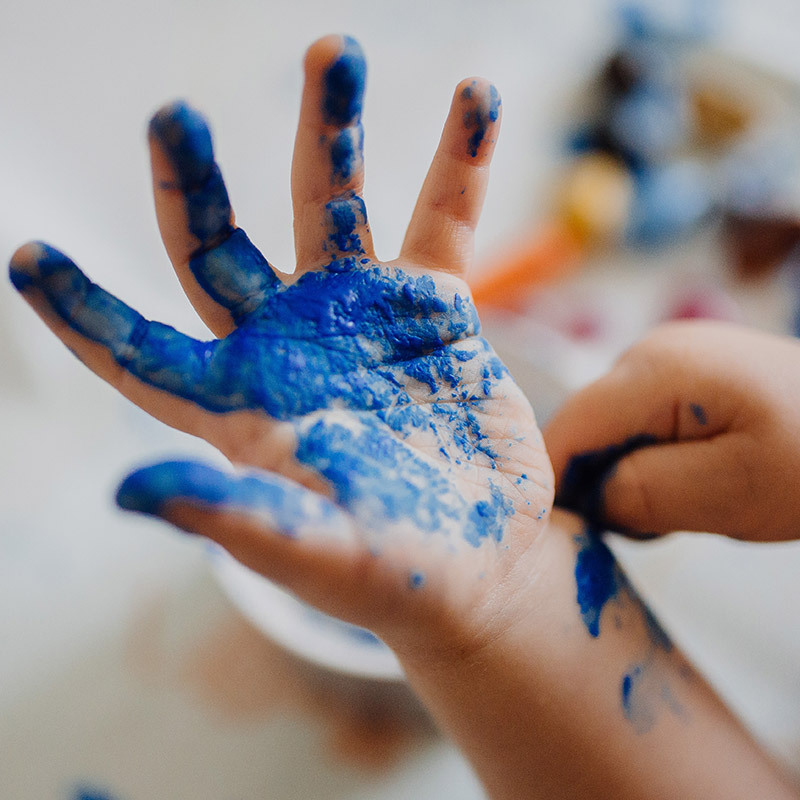Choosing Printmaking Paper for Drypoint Printing
Posted by Art Supplies Castlemaine on 18th Sep 2025
Drypoint printing has a soft but bold quality coming from the way the burr holds ink and leaves a raised, velvety line on printmaking paper. It is one of the more delicate intaglio techniques, and paper choice strongly shapes the final result. If the paper surface is too hard or slick, the burr can flatten out. If it is too soft or thin, the pressure from the press may stretch or tear the sheet. This is why choosing the right printmaking paper matters, whether you are learning drypoint or dialling in a favourite approach.
This guide covers what to keep in mind when selecting printmaking paper for drypoint. Fibre blends, weight, soak times, press pressure and even sheet storage all play a part in how well your plate detail and inking turn out. When your paper matches your process, every pull can have cleaner lines and sharper, more controlled texture.
Understanding the Needs of Drypoint Printing
Drypoint is all about the burr—the soft, slightly raised edge made by scratching the plate. That edge holds pools of ink that do not sit in etched lines. It gives prints their blushed, dark effect, softer than other intaglio. Since the groove is shallow, printmaking paper must be strong enough to draw ink from light marks but gentle enough to lift detail and burr without breakup.
Heavier papers tend to hold texture and structure, but too much stiffness might keep detailed burr from pressing in fully. Softer paper lets fine lines shine but needs tough, long fibres to survive wiping and pressing without tearing. Paper absorbency decides whether ink pulls away smoothly or sticks too much to the burr. The best drypoint prints come from paper that meets somewhere in the middle—enough tooth for ink, but not so much that it muddies the line.
Art Supplies Castlemaine stocks professional-quality printmaking paper suitable for drypoint, including many 100 percent cotton options that balance softness and strength.
Common Printmaking Paper Types for Drypoint
When hunting for drypoint-ready printmaking paper, three materials come up most: cotton rag, alpha cellulose, and mixed-fibre blends.
- 100 percent cotton rag papers are usually the top choice. They are sturdy, feel soft to the touch, and resist tearing even after repeated soaking or pressing. Their wet strength makes for reliable, clean pulls and consistent results.
- Alpha cellulose paper is made from purified wood pulp. It is more affordable and, if well sized, can perform well for beginners or big test runs. Still, it may lack some of the gentle touch that cotton offers for burr work.
- Blended papers bridge the cost and feel gap, useful for practice or large editions.
Surface textures matter, too. Smooth or plate-finish printmaking sheets let the burr's detail show without scattering ink. Soft or softly textured surfaces can add charm to heavier lines, but too much tooth might blur what should be quiet. Most artists experimenting with drypoint find that medium-soft, close-grained papers like Somerset, Fabriano Rosaspina, or Japanese Hosho fit best.
The amount of pressure used under the press shapes which paper holds up. Very light papers might stretch, ripple, or break under a standard press. Testing a sample under your settings makes a difference before you print an entire run.
Paper Weight, Soaking, and Handling Tips
For drypoint, printmaking paper in the 250gsm to 300gsm range often gives the best overall feel. Lighter sheets are at risk of wrinkling or picking up double lines when pressed, while very heavy sheets can be slow to soak and difficult to wipe properly. Larger plates might benefit from a heavier paper, but for most, that middle range is the safest bet.
Soaking times change based on fibre and thickness. Cotton papers might soak well at ten to fifteen minutes, giving a soft, easy-to-blot texture. Cellulose-heavy sheets often need less time, with a quick dip and careful blotting to reach a towel-dry finish. Over-soaking risks softening the paper too much—too dry and you lose the ink's transfer. Aim for a sheet that feels flexible but not limp.
Handling tips for drypoint sessions:
- Keep soak water at room temperature for even results.
- Use clean, dry towels to blot without leaving texture prints.
- Always lift damp paper using two hands to avoid stretching corners.
- Lay sheets flat and cover with board or paper to prevent drying-out unevenly.
Printing specialists at Art Supplies Castlemaine recommend using Japanese washi or cotton printmaking papers for reliable absorption and reduced risk of cockling, especially for those new to drypoint.
Matching Paper to Plate Detail and Finish
Every drypoint plate has its own look, and the right printmaking paper should match your goals. Plates engraved with delicate, soft burrs benefit from smooth-finish, slightly absorbent sheets that let lines show clearly. Plates with deeper marks or big shapes may call for a textured or thicker sheet to hold ink longer and develop richer tones.
Before settling on a paper type, pull a handful of prints using offcuts or scrap pieces. Compare:
- Crispness of line
- Clarity and darkness of burr
- Whether the paper takes ink evenly across the plate
If you want bright, crisp outlines with little fuzz, choose a close-grained or plate finish. For soft, smoky areas, select something more absorbent and pliable. When a plate wears down with use, shifting to a paper with firmer sizing might draw detail back out of fading burrs.
Storing and Caring for Your Printmaking Paper
Protecting your sheet stock pays off in every session. Paper hates uneven moisture and heavy weight. Store printmaking paper flat, away from windows or unheated cupboards, using boards above and below to prevent curling. Interleaving sheets with tissue or clean printoffs avoids accidental sticking, especially just after a print run.
If your studio sits in an area with shifting spring weather—like Central Victoria—take extra care as the temperature drops and mornings get damp. Wipe down shelves, keep stacks raised above ground, and check for dust before printing. Some artists dust each sheet with a soft brush after storage, especially when using expensive cotton paper.
Cutting or tearing papers in advance saves time on active printing days and keeps edges neater for alignment. If you need many editions, consider batch-cutting and labelling your stacks. Plan seasonal reorders so damp weather does not catch you short of stock.
Choosing Materials That Support Your Printwork
Careful drypoint work deserves a printmaking paper that suits its subtle line and gentle press pressure. Testing blends, trying new surfaces or weights, and handling your sheets with thought can lift a technique from ordinary to confident and expressive. Each choice is a quiet way to shape a print’s final look.
By matching weight, fibre, and finish to your approach, every drypoint plate becomes more responsive and familiar. Storing, soaking, blotting, and test-pulling regularly are habits worth keeping. With the cooler spring across Victoria, this is the right time to slow things down, try new combinations, and let your printmaking paper quietly do its part in every finished run.
At Art Supplies Castlemaine, we know the difference between a good drypoint print and a standout one often starts with the paper. Whether you're chasing stronger contrast, a softer lift, or something that complements your press setup, the right materials can shift the outcome more than most expect. We’ve stocked high-quality options across surfaces and fibres that bring clarity to complex linework or give tone-based work a gentler finish. Take a closer look at our range of printmaking paper and let us know if you'd like to chat through which ones might suit your process best.














